Editor’s note, September 2022: This blog has been retained for interest but the Cochrane ReviewCochrane Reviews are systematic reviews. In systematic reviews we search for and summarize studies that answer a specific research question (e.g. is paracetamol effective and safe for treating back pain?). The studies are identified, assessed, and summarized by using a systematic and predefined approach. They inform recommendations for healthcare and research. hasn’t been updated since 2015 and research in the field may have moved on.
‘Freeze yourself fit!’ ‘Coolest new health craze!’ It seems that people can’t wait to get into a chiller and then share their freezer selfies on social media. Cryotherapy is on the up as the cool way to promote wellbeing, soothe overworked muscles and more. The Welsh rugby team, as reported by the BBC, says cryotherapy played a big part in a successful run to the 2011 World Cup semis and they are using it again this year.
Google Trends shows a massive increase in interest in cryotherapy in 2015, with highest popularity in Ireland, followed by the US and the UK. While the people of Thames Ditton have turned their community into the UK hub of Google searches about it, reviewers from the Manchester-based Cochrane Bone, Joint and Muscle Trauma Group have pulled together the best available evidence on whole body cryotherapy for preventing or treating muscle soreness after exercise, so we can see if there is any evidence to justify spending a lot of money to make ourselves very, very cold. It’s really important to know too whether cryotherapy might do any damage.
What is whole-body cryotherapy?
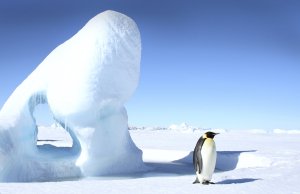
Exposure to very cold dry air (usually liquid nitrogen or refrigerated cold air), below -100°C, for two to four minutes. This is very, very cold. Antarctica, which NASA recorded as the world’s coldest spot at -93°C in December 2013, is warmer. No polar suits for a cryo session either. Shorts for men and shorts and a crop top for women, along with protection for the ears, nose and mouth, and gloves, socks and slippers, seem to be the usual kit.
Who is doing it?

Aside from, I assume, a lot of people in Thames Ditton, and an increasing number of celebrities, cryotherapy is rising in popularity amongst athletes (in Wales and beyond!), both elite and recreational sportspeople. A recent development is partial-body cryotherapy using a portable cryo-cabin, an open tank which exposes the body to cold only below the head and neck. So why do they do it?
Why do people use cryotherapy?
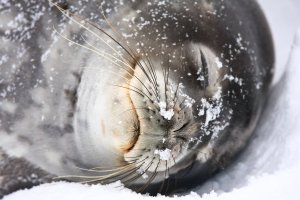
Belief that it helps prevent or treat sore muscles after exercise is a big attraction for many cryotherapy users, though claims for this cool “wellness” treatmentSomething done with the aim of improving health or relieving suffering. For example, medicines, surgery, psychological and physical therapies, diet and exercise changes. also include relief for other types of pain, better sleep, improved skin (especially for frequent ‘freezers’) and weight loss.
How can it help sore muscles?

There are a number of ways in which exposing the body to extreme cold may help relieve soreness, including through reduced muscle metabolism, skin microcirculation, receptor sensitivityA measure of a screening or diagnostic test’s ability to correctly detect people who have the disease. and nerve conduction velocity. Cryotherapy also has the potential to reduce the subjective feeling of delayed onset muscle soreness after exercise.
What does the evidence say?
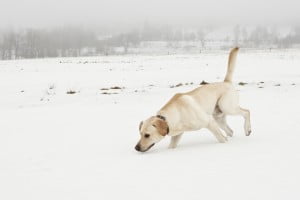
The Cochrane team found four small randomizedRandomization is the process of randomly dividing into groups the people taking part in a trial. One group (the intervention group) will be given the intervention being tested (for example a drug, surgery, or exercise) and compared with a group which does not receive the intervention (the control group). controlled trialsA trial in which a group (the ‘intervention group’) is given a intervention being tested (for example a drug, surgery, or exercise) is compared with a group which does not receive the intervention (the ‘control group’). for their review, with dataData is the information collected through research. on 64 physically active young adults, mostly men. All compared whole-body cryotherapy with rest or no treatment and one trial also compared it with far-infrared therapy.
It is unclear whether whole-body cryotherapy has a good or bad effect on muscle soreness, or whether it makes any difference.
There was weak evidence that whole-body cryotherapy may improve wellbeing at 24 hours after the treatment.
Alarmingly, none of the trialsClinical trials are research studies involving people who use healthcare services. They often compare a new or different treatment with the best treatment currently available. This is to test whether the new or different treatment is safe, effective and any better than what is currently used. No matter how promising a new treatment may appear during tests in a laboratory, it must go through clinical trials before its benefits and risks can really be known. reported on safetyRefers to serious adverse effects, such as those that threaten life, require or prolong hospitalization, result in permanent disability, or cause birth defects. and may not have looked at this.
So there is no evidence that whole-body cryotherapy for muscle soreness after exercise is effective or safe.
How good is the evidence?
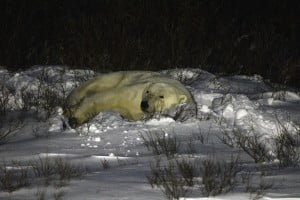
This is very low quality evidence. All the trials had features that could make their results unreliable.
So is cryotherapy effective and safe? We’re still in the dark.
A spokesman for the Welsh Rugby Union told the BBC they were aware there wasn’t much evidence around cryotherapy but that the club “thinks it works and that’s why we use it”. Thinking something works might well bring its own benefits, but no amount of belief is going to protect against the potential harms of exposing the body to extreme temperatures. In the absence of answers from research, they might just need to think again.
Links:
Roberts, Michelle. “Should Welsh Rugby Team ditch the big freeze?”. BBC News, 29 September 2015. Web. 30 September 2015. http://www.bbc.co.uk/news/health-34394138
Costello JT, Baker PRA, Minett GM, Bieuzen F, Stewart IB, Bleakley C. Whole-body cryotherapy (extreme cold air exposure) for preventing and treating muscle soreness after exercise in adults. Cochrane Database of Systematic ReviewsIn systematic reviews we search for and summarize studies that answer a specific research question (e.g. is paracetamol effective and safe for treating back pain?). The studies are identified, assessed, and summarized by using a systematic and predefined approach. They inform recommendations for healthcare and research. 2015, Issue 9. Art. No.: CD010789. DOI: 10.1002/14651858.CD010789.pub2.
Plain language summary of this review: http://www.cochrane.org/CD010789/MUSKINJ_whole-body-cryotherapy-preventing-and-treating-muscle-soreness-after-exercise
Featured image credit: https://commons.wikimedia.org/wiki/File%3ACryo-Therapy_Chamber_Entry.JPG

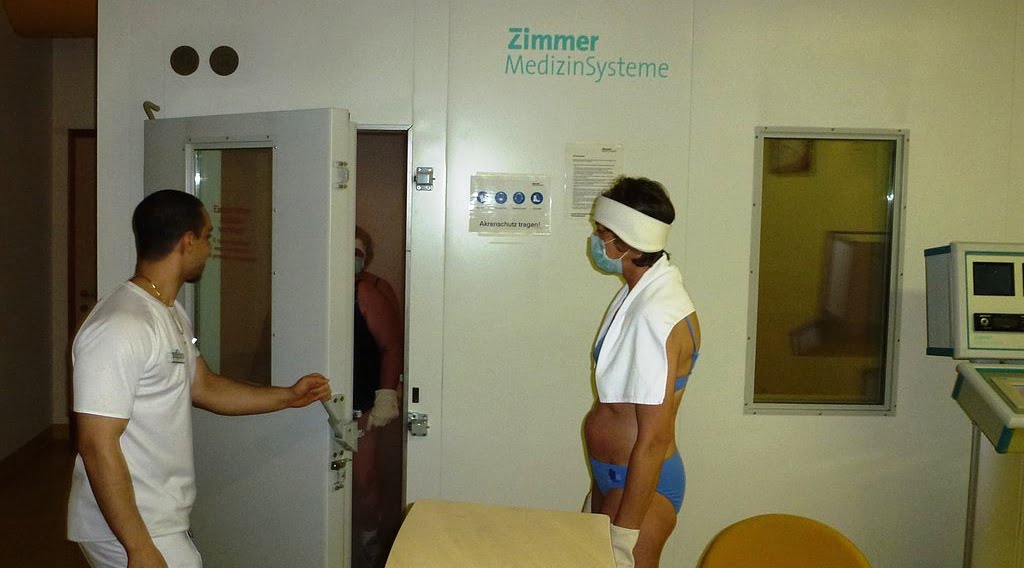

Thanks for the info!
Good points you got there. Really great article related to cryotherapy, thanks for sharing!
I came across this blog post after a search of TRIP Database prompted by lay literature on WBC – thanks for the summary of the evidence. Interestingly, I also found a small trial showing “Cold-water immersion was more effective in accelerating recovery kinetics than whole-body cryotherapy for countermovement jump performance at 72h post-exercise. Cold-water immersion also demonstrated lower soreness and higher perceived recovery levels across 24-48h post-exercise.” (https://www.ncbi.nlm.nih.gov/pubmed/27396361) Hmmm! I’ve added that one to my database of “Less is More” evidence – https://lessismoreebm.wordpress.com/
Thanks Bill. I haven’t seen your database so will take a look.
Sarah